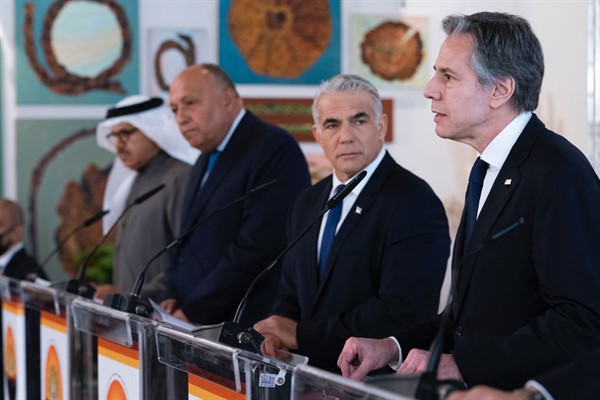The U.S. hasn’t “quit” the Middle East, notwithstanding the frequent complaints of its regional partners. But Washington has clearly scaled back its engagement in the region, especially in military terms, from its peak during the first decade after 9/11.
This shift in the U.S. role has generated rancorous debate. Washington’s partners in the region complain about feeling abandoned, while its rivals crow about driving the U.S. out of the Middle East. Back in the U.S., many hawks clamor for more military confrontation, particularly with Iran, while those who argue for restraint are willing to tolerate chaos and armed conflict so long as the United States isn’t a direct party to it.
The true story of Washington’s current posture in the Middle East is a little more nuanced than most of those characterizations might suggest and raises important questions with no obvious answers. A thought-provoking essay by Dalia Dassa Kaye, published last week in The Washington Quarterly, frames these questions in a clear-headed way, while offering a proposed pathway that makes a sound foundation for thinking about—or rethinking—U.S. policy in the Middle East moving forward.

